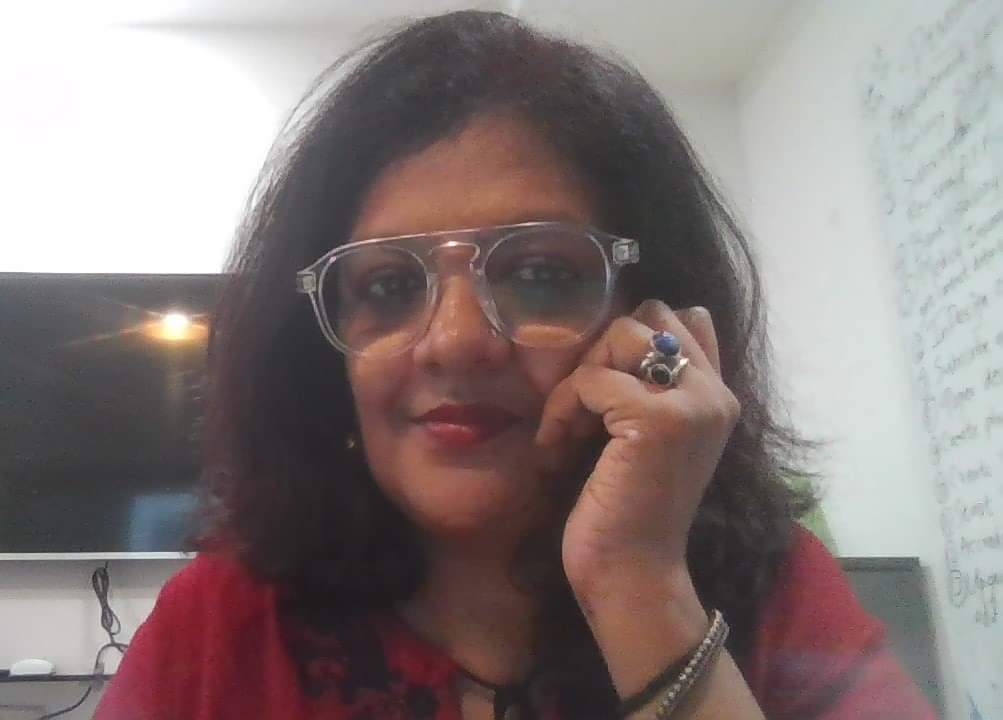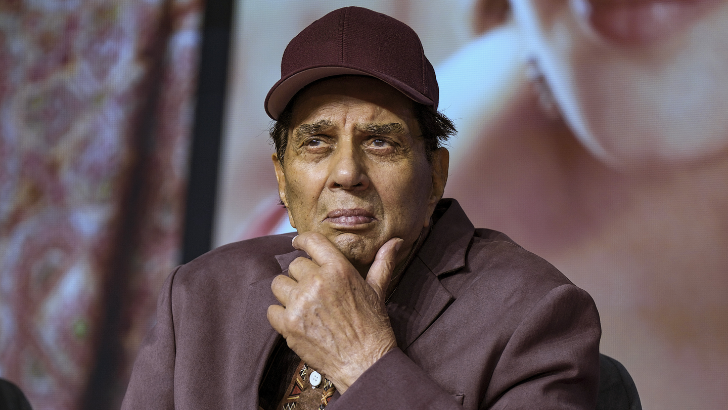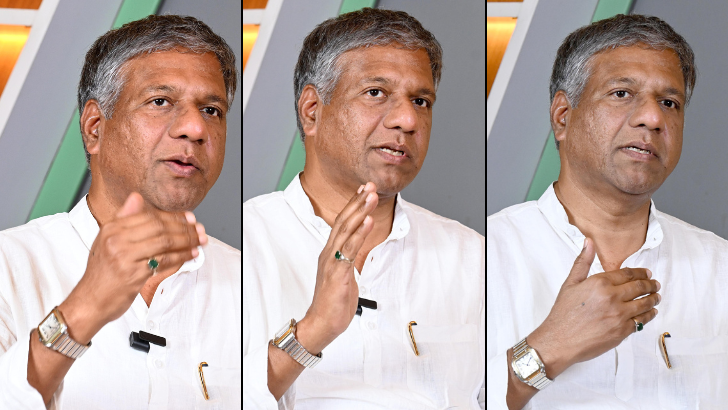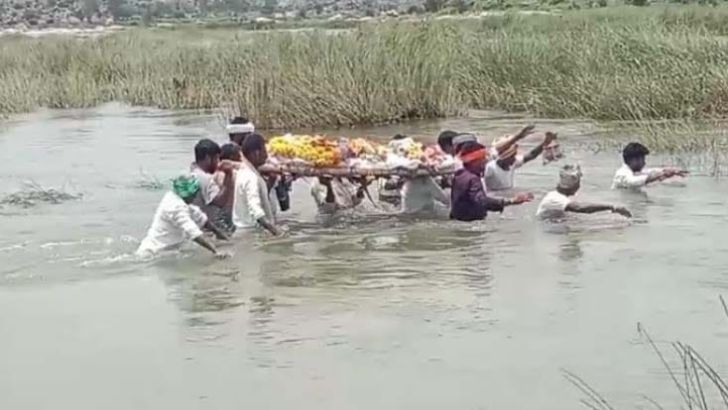50 years of ‘Sholay’: The Boldest, Baddest, and the Best
Half a century later, ‘Sholay’ still blazes bright - the plot, the dialogues, the music etched forever in India’s cinematic soul.
-
The film made at a cost of Rs 3 crores, an unheard of amount in 1975, ran to packed houses across the country
The shooting for ‘Sholay’ began on 3 October, 1973, with a budget of Rs 1 crore in mind, making it the most expensive film shot in India until then. It was also India’s first 70mm film with stereophonic sound. However, since the cameras to shoot on 70mm had to be imported, adding to the cost, it was decided that the film would be shot on 35mm and blown up to 70 mm. A 70mm film also required bigger screens and India in 1973 had very few of them. Hence, a decision was taken to make two sets of negatives - one on 35mm and the other for the 70mm.
The film was shot over several schedules with the actors and top crew making several trips between Bombay and Bangalore, while some members of the construction team and junior crew members remained stationed in Ramanagaram for months on end. Despite meticulous planning and hectic schedules, the film, which was planned as a six-month exercise took close to two years and 450 shifts to make with the last shot being canned in April 1975, at a whopping cost of Rs 3 crore, three times the original budget of the film. And then began the nightmare of editing in which 3,00,000 ft of negative was to be cut down to 18,000 ft that would make the final 3 hours 20 minute-feature film.
Once complete, the film was sent to the Central Board of Film Censors, who immediately asked for a change in the ending. While the original film had Thakur Baldev Singh killing Gabbar with his shoes, the Censor Board argued that a police officer could not be shown taking law into his own ‘hands’ and committing a murder. Despite weeks of reasoning, the Censor Board stuck to its guns and the director had little choice but to reassemble the cast again and hurriedly shoot another ending, in which Gabbar is arrested by the police at the end of the film. With few other suggested cuts implemented, the 70mm prints were made in London while the 35mm print was made in Bombay and the film was ready for release on 15 August, 1975 – exactly 50 years ago.
After the initial fear of flopping, ‘Sholay’ ran to packed audiences across the country for a full five years without a break. A Rs 15 ticket was selling for Rs 200 and queues outside theatres stretched to nearly 5 kilometres. The bus stop outside Minerva Cinema, where the film premiered, was temporarily christened ‘Sholay Stop’.
Polydor, which had the rights to the music, released a 58-minute record of selected dialogues of the film with Gabbar Singh featured prominently, which sold like hot cakes. Within a few weeks, the dialogues of the film were being mouthed by people in big cities and small towns alike. And for years after that, children on street corners and in school plays were seen enacting scenes from ‘Sholay’, the most popular one being some child or the other lisping – “Kitne Aadmi The”.
Magic needs more than one take...
The massacre sequence in which Gabbar kills Thakur Baldev Singh’s family was shot in 23 days
The single scene in with Ahmed was killed was shot in 17 days
Angrezon ke zamane ka sequence was shot in 5 days
Basanti’s chase sequence was shot over 12 days
What’s in a name?
Salim-Javed drew heavily from their own lives.
The name Gabbar Singh was taken from a real-life dacoit who is said to have created havoc in villages around Gwalior in the early 1950s.
Soorma Bhopali was based on a friend of Javed from his early days in Bhopal.
Veeru and Jai were the names of Salim’s college friends.
Thakur Baldev Singh was the name of Salim’s father-in-law.
An auto ride
During the shooting of ‘Sholay’, many of the top crew members and the stars stayed in Bangalore. Post shoot, many of them would go out to explore the food scene in City. On one such outing a car carrying Dharmendra, Amitabh Bachchan and Jaya Bhaduri broke down and the trio returned to the hotel in an autorickshaw.
A horse named Nafrati
Horses for the shoot were obtained both from Mumbai and Bangalore. One was a chestnut-brown mare named Nefertiti, after the Egyptian princess, who was frightened of noises, crowds and harsh lights, and would repeatedly throw off her riders. Amjad Khan, Dharmendra and a host of other actors were among those who had been disloged from Nefertiti’s back in the middle of a scene, leading to her being rechristened Nafrati
(hateful) by the film crew.
Pancham magic
The background music of the film took more than a month to compose. There were
signature tunes for many of the actors. For Gabbar’s distinctive theme, a brass pot with a one-and-a-half inch tube in the centre surrounded by smaller half inch tubes was built. As water was poured into central tube, a high pitch sound was emanated from the smaller tubes. This along with the sound of a cello created Gabbar’s distinctive theme – a sound that was not heard in Hindi films before.
A cool gift
When Sachin refused payment for his role in the film, Director Ramesh Sippy gifted him an
air-conditioner, the first that 15-year-old Sachin owned.
A trip to the theatre
A special bus plied from Ramanagaram to Bangalore for a few months, taking the villagers to the theatres to watch ‘Sholay’. An enterprising bus conductor ran a special deal which combined the bus fare with the movie ticket to make sure that people did not travel the distance to find the theatre running housefull.
On the bonnet of a car
The iconic tanki scene where an inebriated Dharmendra climbs up a water tank and threatens to kill himself unless Basanti’s mausi agrees to his marriage with Basanti was written on the bonnet of a car. It is said that though the scene was discussed in detail, the dialogues were yet to be written. Javed began writing the dialogues on his way to the Bangalore airport to catch a flight to Bombay. On arriving at the airport, Javed put his notepad on the bonnet of the car and began writing the dialogues while his assistant went to check in his luggage.
CBFC scissors
While it is common knowledge that the ending of the film was changed in accordance with the rules of the Censor Board, several scenes from the film were also cut. One such scene was that of Thakur Baldev Singh’s servant Ramlal driving nails into the soles of Thakur’s shoes with which Thakur would kill Gabbar.
Leave a Reply
Your email address will not be published. Required fields are marked *













.png)
.png)
.png)
.png)
.jpg)

.jpg)
.jpg)
